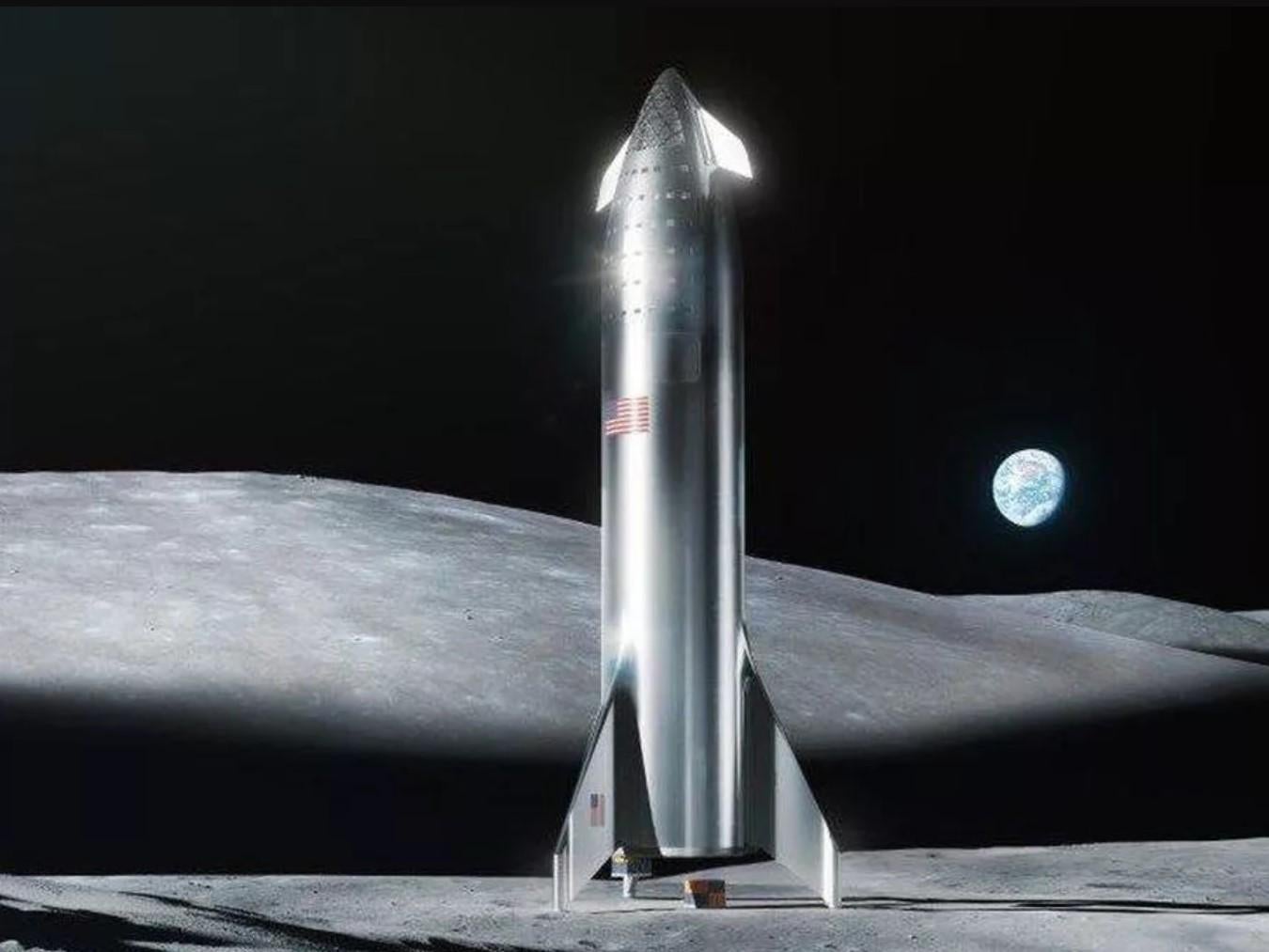SpaceX successfully launches and lands Mars-bound spaceship in 150m test
‘Turns out you can make anything fly,’ says Elon Musk
Your support helps us to tell the story
From reproductive rights to climate change to Big Tech, The Independent is on the ground when the story is developing. Whether it's investigating the financials of Elon Musk's pro-Trump PAC or producing our latest documentary, 'The A Word', which shines a light on the American women fighting for reproductive rights, we know how important it is to parse out the facts from the messaging.
At such a critical moment in US history, we need reporters on the ground. Your donation allows us to keep sending journalists to speak to both sides of the story.
The Independent is trusted by Americans across the entire political spectrum. And unlike many other quality news outlets, we choose not to lock Americans out of our reporting and analysis with paywalls. We believe quality journalism should be available to everyone, paid for by those who can afford it.
Your support makes all the difference.SpaceX has completed a successful test flight of a prototype version of its Starship spacecraft, marking an important step towards missions to Mars.
The Starship SN6 lifted off from a launchpad and flew 150 metres before landing on a separate pad at SpaceX’s Boca Chica facility on Thursday.
The test took place just weeks after a similar 150m “hop” of the previous SN5 version after SpaceX CEO Elon Musk ordered employees to prioritise the development of the next-generation craft.
“Starship SN6 flew a similar hop to SN5, but it was a much smoother and faster operation,” Musk tweeted following the launch. “Turns out you can make anything fly haha.”
The spacecraft will eventually be able to carry up to 100 people and will be used to ferry astronauts and cargo around the Solar System, according to Mr Musk.
The technology billionaire claims that Starship could land on the moon as early as 2024, although it is not clear when missions to Mars might be possible.
Mr Musk has frequently spoken about his desire to help transform humanity into a multi-planetary species, as well as his ambition to one day travel to Mars himself.

Earlier this year he said he feared that the rate of progress is currently to slow for him to fulfil these goals within his lifetime.
“We’ve got to improve our rate of innovation or, based on past trends, I am definitely going to be dead before Mars,” he told a satellite conference in March.
Following the conference, he sent an email to all SpaceX employees telling them to accelerate the development of the Starship craft “dramatically and immediately”.
The latest test marks a significant step up in the rate of Starship tests, with plans now to complete further tests on SN5 and SN6 before building a “full-scale” Starship prototype.
This SN8 version will feature a nose cone and aero surfaces that will allow it to reach altitudes of up to 20km
SpaceX also carried out its latest Stalink launch on Thursday, sending 60 satellites into orbit in order to beam high-speed Internet back down to Earth.
There are now more than 700 Starlink satellites in orbit, with SpaceX planning to build a constellation of up to 12,000 satellites to achieve its goal of universal Internet.
Join our commenting forum
Join thought-provoking conversations, follow other Independent readers and see their replies
Comments